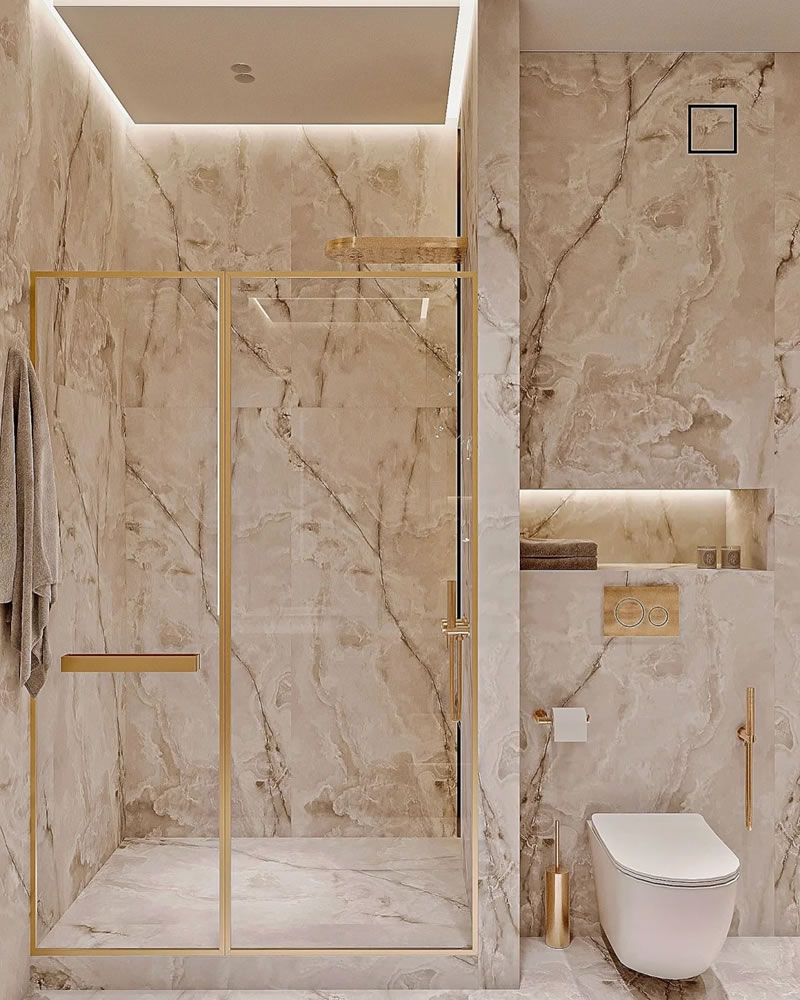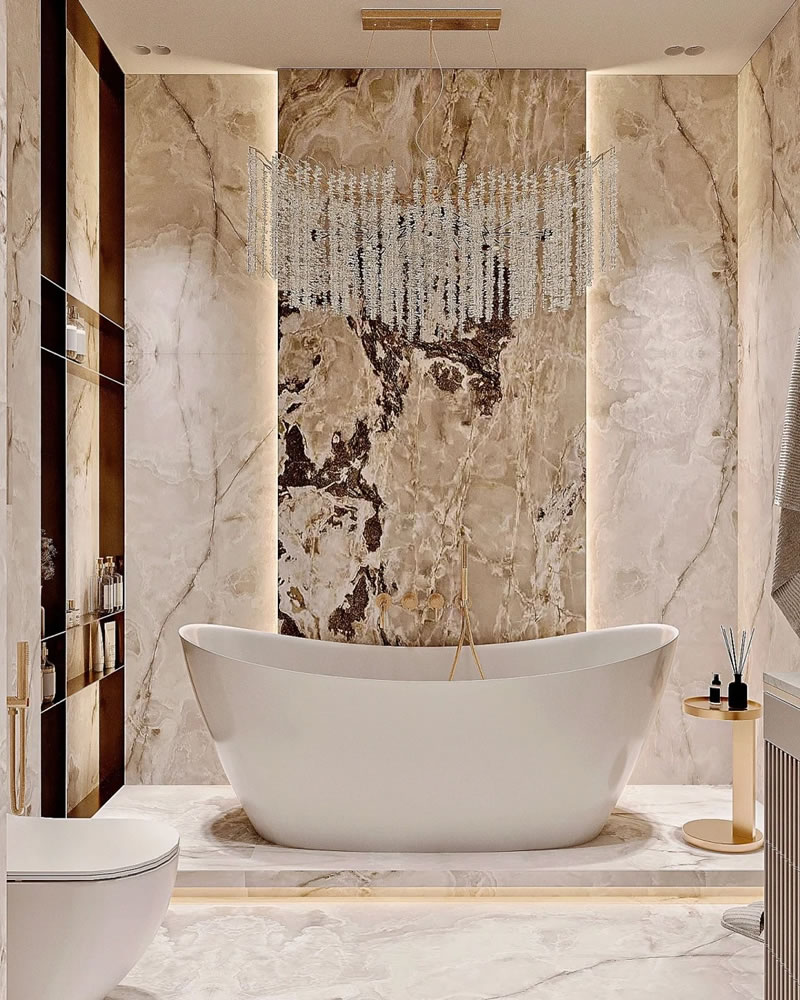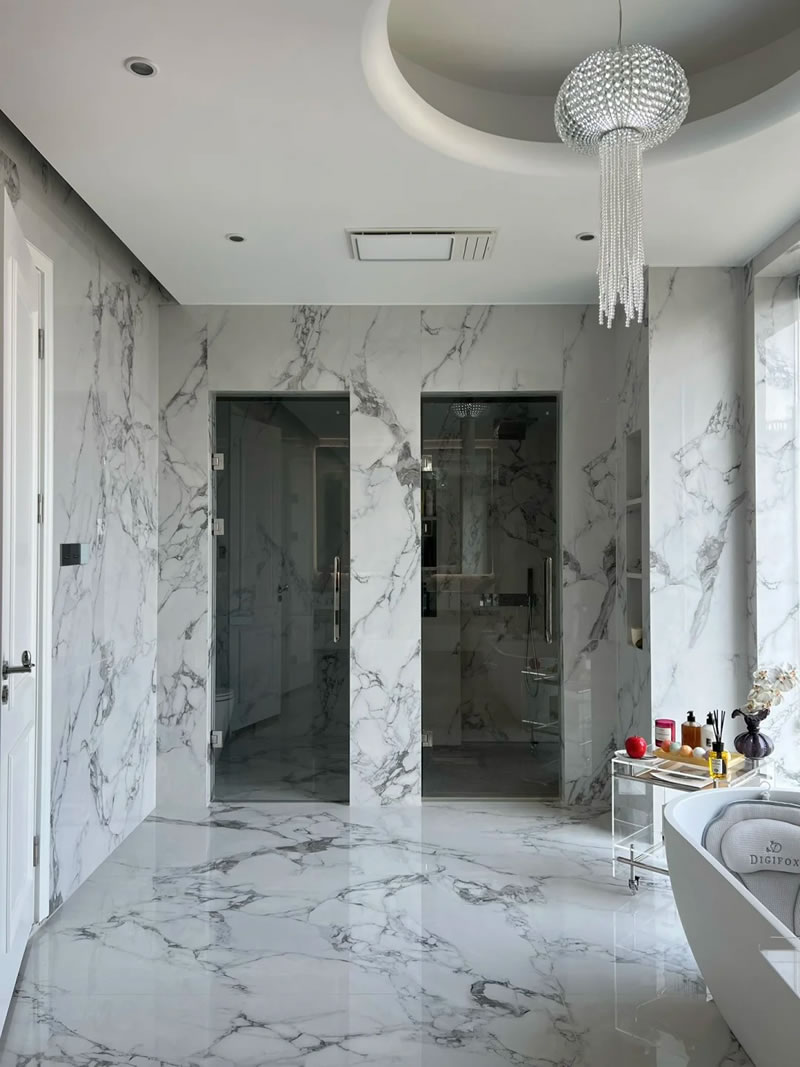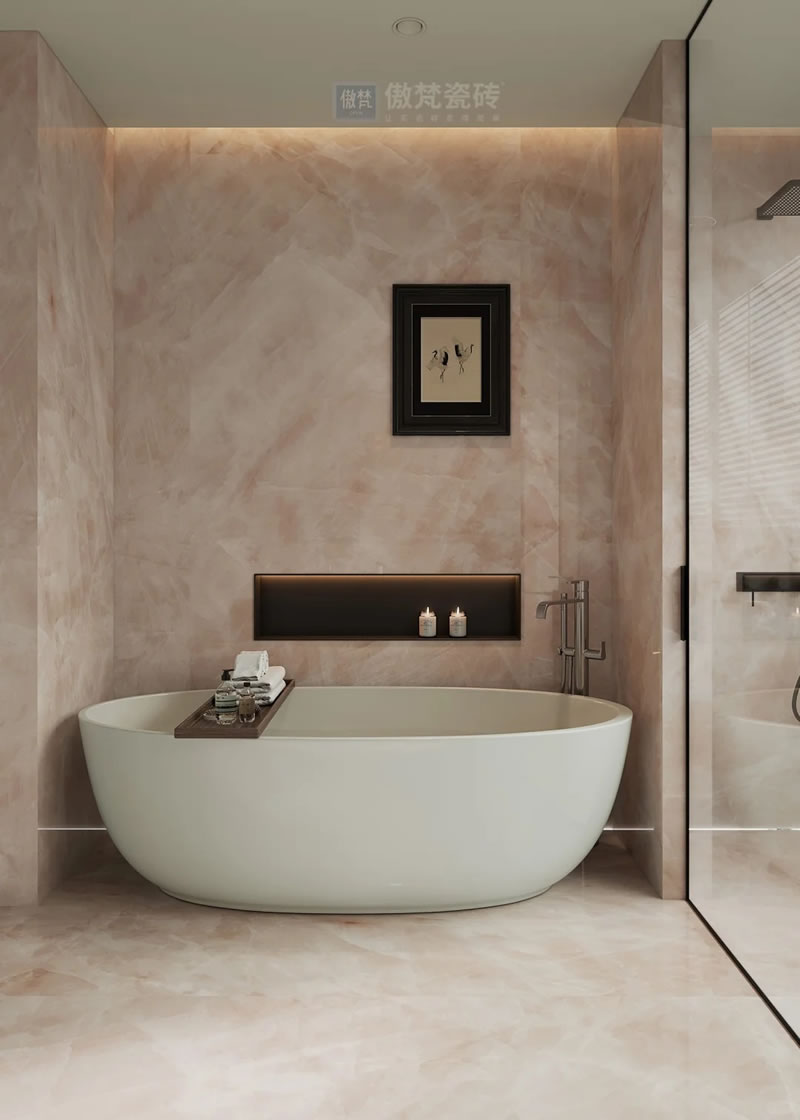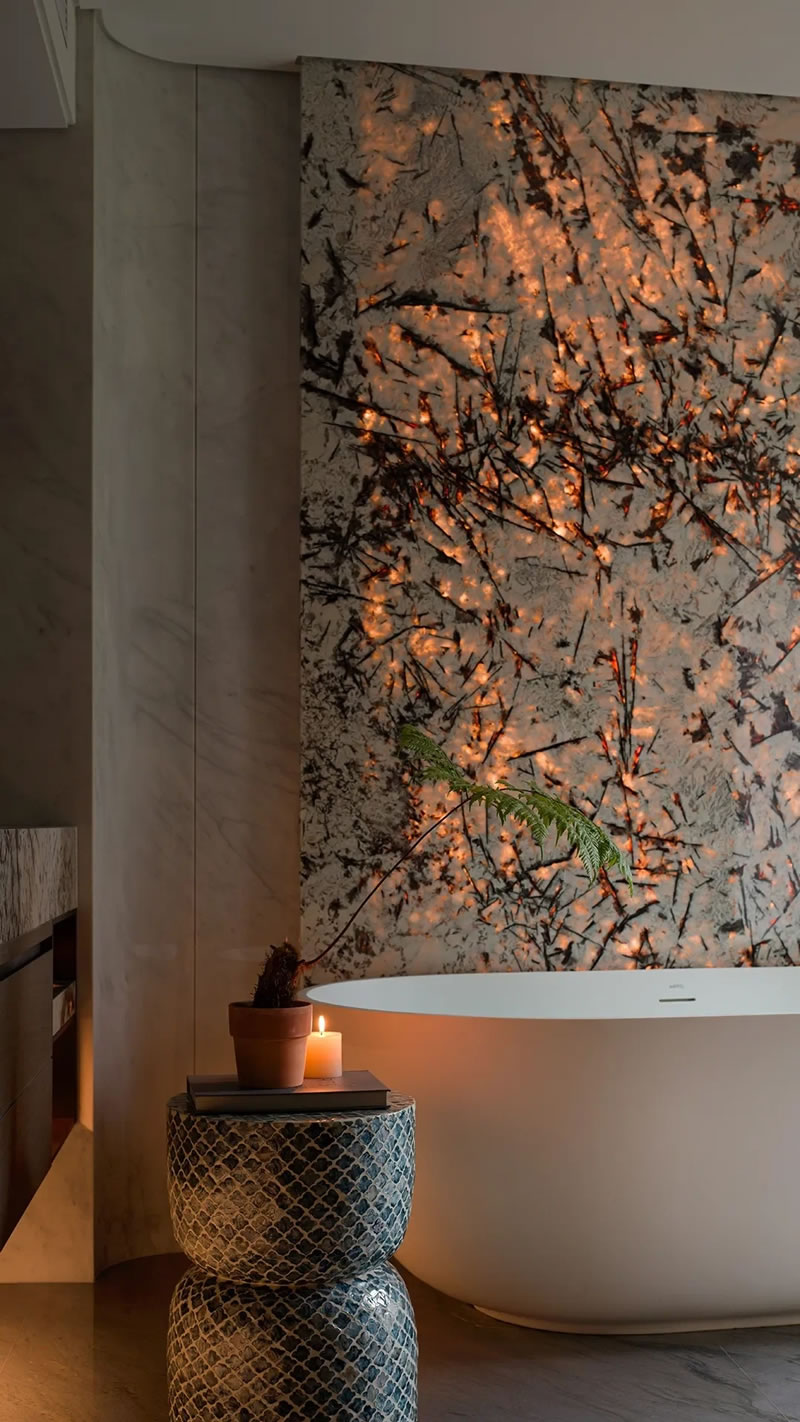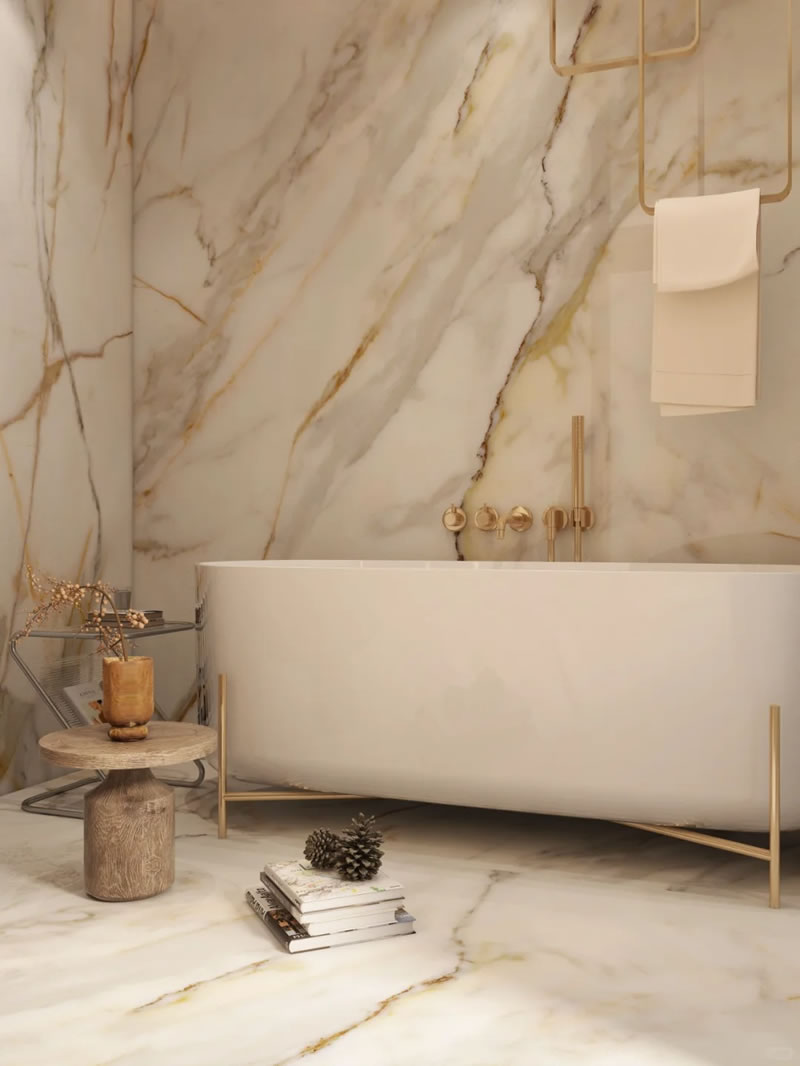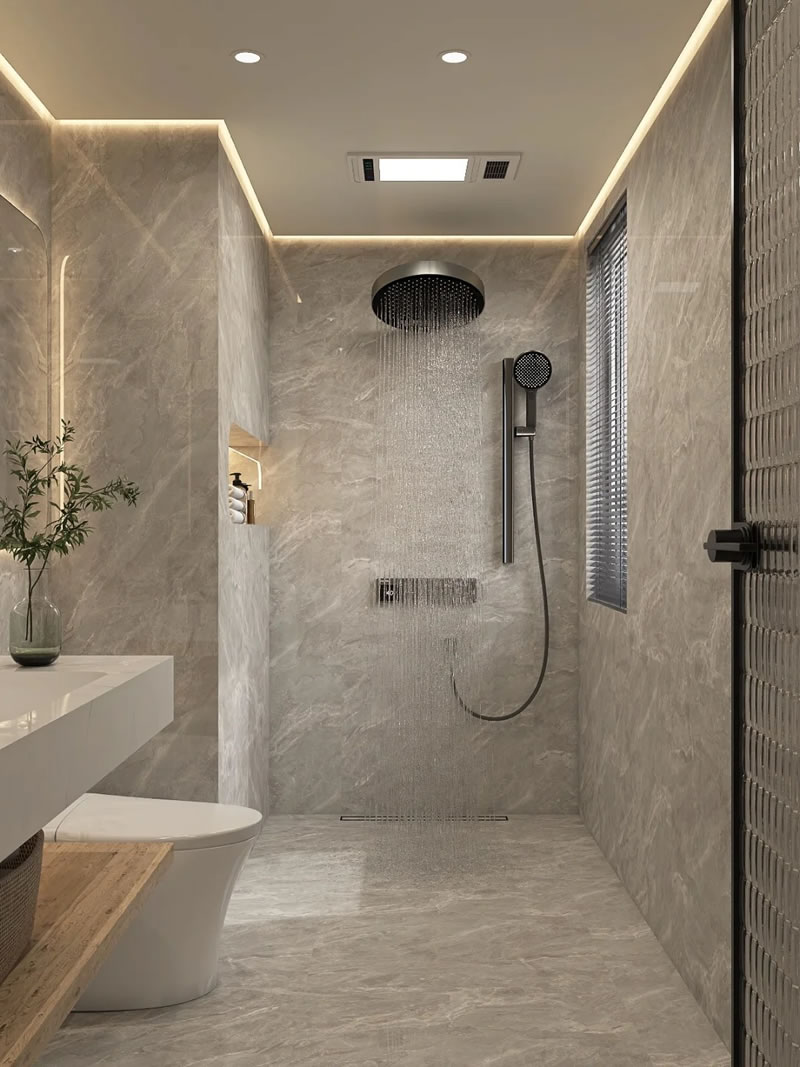Stone cladding is a popular choice for bathrooms, offering a natural, elegant, and durable finish. Whether you want a rustic, modern, or luxurious look, stone cladding can enhance the aesthetic and functionality of your bathroom.
Types of Stone Cladding for Bathrooms
-
Natural Stone Cladding
- Slate: Textured, slip-resistant, and available in dark hues.
- Marble: Luxurious and polished, ideal for feature walls.
- Limestone: Soft, earthy tones, great for a spa-like feel.
- Granite: Extremely durable and water-resistant.
- Sandstone: Warm, natural texture, good for rustic designs.
- Artificial Stone Cladding
- Lightweight, cost-effective, and available in various finishes.
- Often made from reconstituted stone or high-quality resins.
- Easy DIY option with adhesive backing.
- Best for small accent walls or backsplashes.
- Peel-and-Stick Stone Veneer
Benefits of Stone Cladding in Bathrooms
✔ Water Resistance – Naturally resistant to moisture (if properly sealed).✔ Durability – Long-lasting and resistant to wear.
✔ Aesthetic Appeal – Adds texture and a high-end look.
✔ Low Maintenance – Easy to clean with proper sealing.
✔ Insulation – Helps regulate temperature.
Installation Tips
- Surface Preparation: Ensure walls are clean, dry, and structurally sound.
- Waterproofing: Apply a waterproof membrane behind the cladding in wet areas.
- Adhesive & Grout: Use high-quality waterproof adhesives and grout.
- Sealing: Natural stone should be sealed to prevent water absorption.
Design Ideas
- Feature Wall: Use stone behind the bathtub or vanity for a focal point.
- Full Cladding: Cover all walls for a spa-like retreat.
- Mixed Materials: Combine stone with tiles or wood for contrast.
Maintenance
- Regularly clean with a pH-neutral stone cleaner.
- Reapply sealant every 1–2 years for natural stone.
- Avoid harsh chemicals that can damage the surface.
